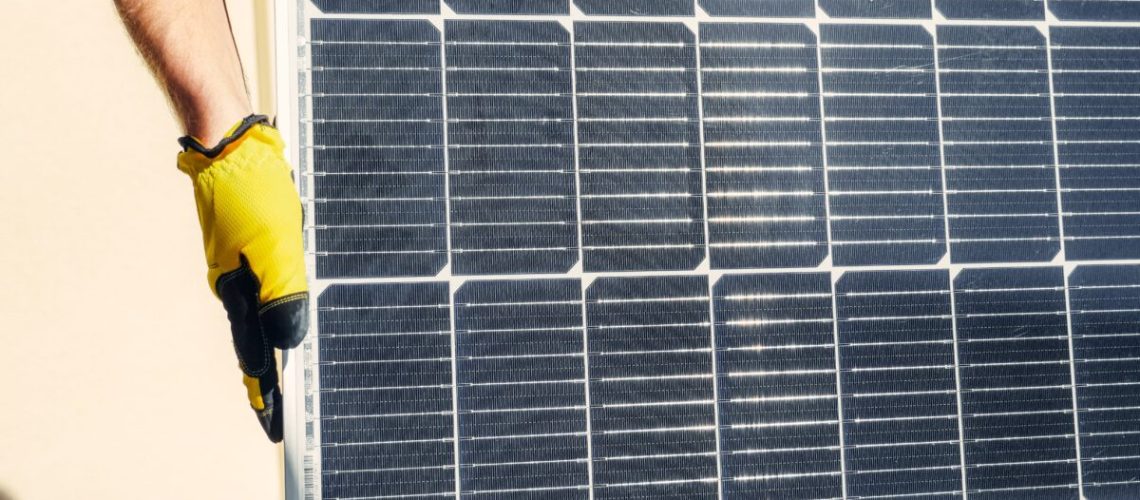Pricing comparisons and trends within the solar panel secondary market are reviewed in a report from EnergyBin.
EnergyBin maintains a business-to-business solar equipment commerce platform, selling secondary-market components for goods that are not sold via primary distribution channels. In its recent report, “PV Module Price Index for the Secondary Market”, the company noted an increase in secondary market volume, and a decrease in module prices industry wide.
“Half-way through 2023, we began to see prices drop as the market sought to correct itself,” said Renee Kuehl, chief operations officer, EnergyBin. “Yet, we expect prices to continue to fluctuate as supply ebbs and flows. Therefore, it’s more imperative than ever to keep a watchful eye on prices.”
The most recent report shows data for module spot prices transacted in December 2023. Secondary market modules traded on EnergyBin traded at $0.261 per watt for all black modules, high efficiency modules fetched a price of $0.376 per watt, mainstream modules $0.246 per watt, low-cost modules $0.199 per watt, and used modules averaged $0.095 per watt.
Mainstream modules are defined as standard modules with efficiencies between 19% and 21% and typically built with mono p-type or n-type PERC, HJT, or TOPCon cells. This category of modules has decreased in price 38.5% year-over-year since December 2022. Over 80% of the modules traded on EnergyBin in 2023 had efficiencies of 19% or greater. “Low-cost” modules are legacy or lower wattage modules in new condition with efficiencies at or below, and these modules have decreased 44.1% year-over-year.
EnergyBin’s report is based on the sale of over 5.4 million solar modules, with several transactions exceeding 15,000 units. Its largest lot sale was 65,520 modules. The company noted a 17% increase year-over-year in total count of modules sold and 27% growth in the MW capacity of the total sale of modules.
Solar modules have several different ways of reaching the secondary market. This can include remarketed products that primary buyers aren’t purchasing, including clearance, close-outs, surplus, and miscellaneous one-off sales. Modules may also enter the market via asset liquidations from acquisitions or bankruptcies, products for resale as a result of cancelled projects, delays, or downsizes. EnergyBin also sells products that are used, refurbished, or have no manufacturer warranty.
Buyers engage in the secondary market to efficiently request quotes from multiple suppliers, access bulk order discount, or locate hardware that primary vendors do not carry or do not have in stock. Secondary markets often give buyers the chance to secure low costs for equipment.
The report noted that U.S. module pricing is about $0.10 to $0.15 per watt higher than global prices due to Section 201 and AD/CVD tariffs and other administration costs like customs bonding.
EnergyBin said the most sought-after brands in 2023 were Canadian Solar, Jinko, REC, JA Solar, Qcells, and Longi. The most common module format are 144-cell “mid-size” commercial modules that typically measure around 82 inches by 41 inches and are compatible with microinverters and power optimizers.
“I have urged some module manufacturers to maintain their production of 450 W to 500 W mid-sized modules rather than producing the 500 W to 600 W modules,” said Paul Kriedermacher, owner and engineer of commercial and industrial solar installer MinnSolar Inc. “Ideally, we’d like to see a module in that range with its junction box positioned at the end of the module to provide superior wire management that meets NEC screening requirements for these types of systems.”
The report also noted high demand for U.S.-made solar modules, which on average fetched 40% to 45% higher prices than imports, excluding those from Western Europe. Tax credit bonuses allocated for solar projects using domestic content are driving the demand for U.S.-made components.
Looking ahead, EnergyBin expects prices to continue to fluctuate through 2023 as new players enter the market and the solar industry transitions from p-type to n-type cell technology.
“Like the primary market, the secondary market is not just about hardware,” said EnergyBin. “Much of the market’s success lies in value-added services that seek to maximize the performance and lifespan of PV assets and provide responsible disposal solutions for end-of-life material. Companies that add services, including inspection, testing, repair, remarketing, and recycling to their business models will increase profits over time while contributing to a sustainable circular economy.”



